After last weekend, a switch was flicked somewhere & it’s been summer ever since. All week with temperatures sitting in the high twenties, it’s been rather uncomfortable wandering around the plant at work. At least being pretty close to the Solent, there is usually a breeze around. With it not getting dark until well after nine now, I’ve been enjoying getting the only outdoors exercise my shoulder allows at the moment (walking) in the Forest, along the beach at Lepe and across numerous fields in the heat.
With a relatively free weekend on the cards, I thought it was a good weekend to visit Portsmouth for the first time in two and a half years. Considering it’s less than an hour’s drive away, a day-trip there was well overdue. Pleasingly, I remembered just in time that I’d stored the fact that Gosport would be worth a visit one day, after reading about it some months ago, somewhere in my mind. So I headed off to park at the wonderfully named museum, Explosion!, on the west side of Portsmouth Harbour just before anything opened. As I wandered around the old buildings, it was obvious that it’s not far across the harbour to Portsmouth and all its things naval – both old & new. While the groundsmen finished off mowing the lawns, I ducked inside right at ten o’clock & bought my multi-pass ticket – Explosion!, the Royal Navy Submarine Musuem & a day-pass on a water-taxi between the two, Portsmouth & HMS Victory.
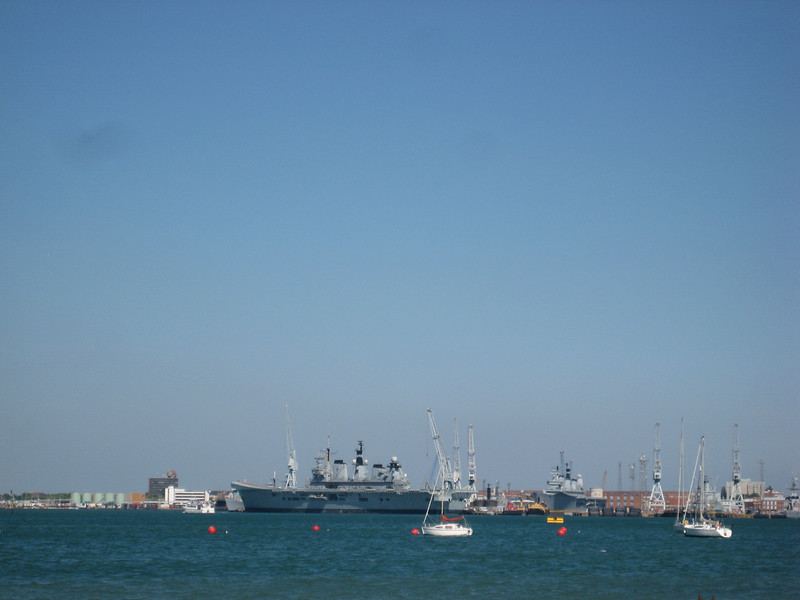
Explosion! (really the Museum of Naval Firepower) is at Priddy’s Hard & centres around Grand Magazine which is an impressive brick structure built in 1771 to house gunpowder. I got through the first room, which was based around the memories of those that used to work at the Ordnance Depot, before ducking out to get the first water-taxi of the day to the submarine museum. The schedule is well timed so that when you step off the boat, having cruised past hundreds of boats packed in the marinas & numerous waterside apartments, you are soon able to get on a guided tour of the HMS Alliance. (Although not for long as major maintenance work is soon to begin.)
Being early in the day, there were only fifteen on the tour – which is more than plenty on a sub, I wouldn’t have been keen on being a submariner in here with sixty other men – none of whom have showered for six weeks. A diesel sub laid down near the end of WWII, it was fairly antiquated – but that just makes all the various valves, large batteries, pipes & so forth more interesting compared to what I imagine are much less cluttered modern designs.
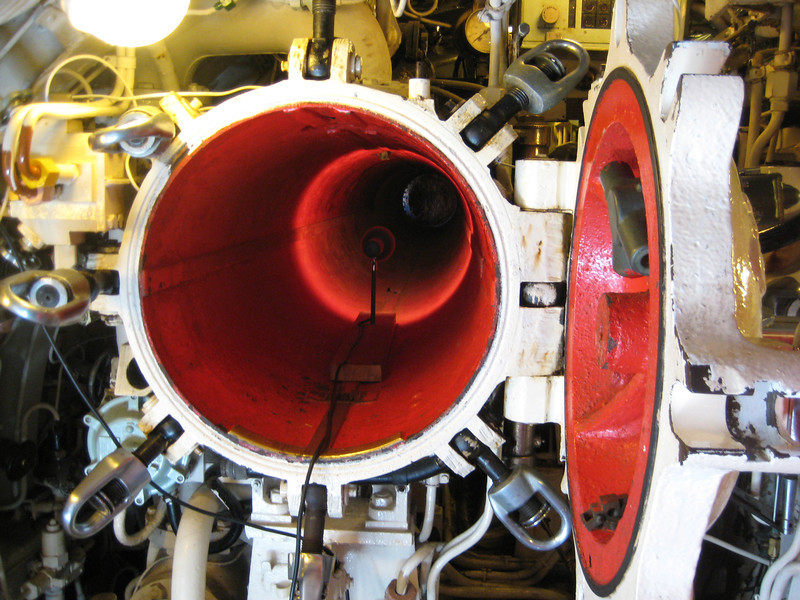 I usually struggle to get representative photos of the cramped conditions on subs, so here’s a standard torpedo tube shot.
I usually struggle to get representative photos of the cramped conditions on subs, so here’s a standard torpedo tube shot.
Our guide was excellent, having been a submariner for many, many years & actually having served on the Alliance. It’s so much more interesting with stories of what being on the watch was like, the thrill of chasing & evading the Russians in the Artic, & as it’s about the thirtieth anniversary of the Falklands War – a first hand account of being on the sub that sunk the Argentine cruiser Belgrano.
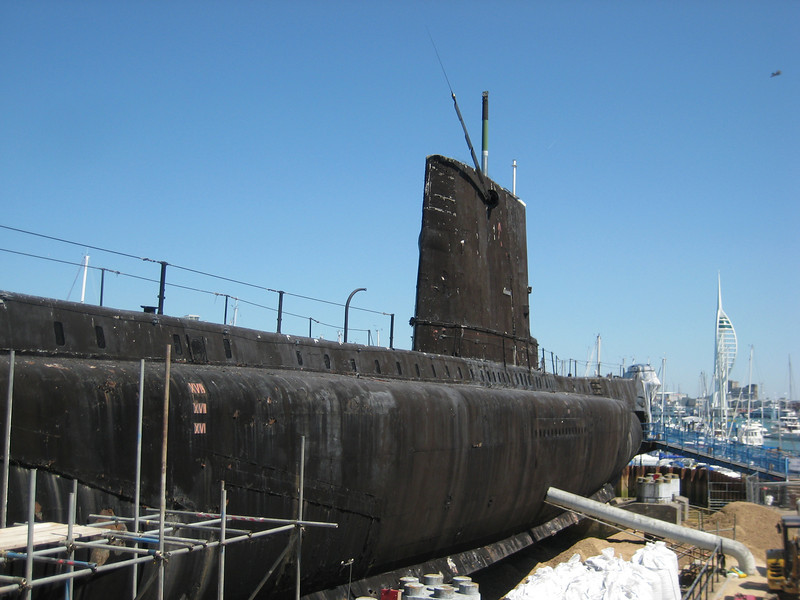 HMS Alliance – looking quite shabby outside, showing why it’s down for major work starting soon
HMS Alliance – looking quite shabby outside, showing why it’s down for major work starting soon
Other submarines of interest at the museum include Holland I, the Royal Navy’s first submarine – built in 1901. It had a crew of just eight (it was quite small & used for coastal defence and basically to see what this submarining thing was all about), with a petrol engine and 25 tons of batteries for use under water. Having spent a little too long underwater (almost seventy years) after sinking while being towed to be scraped, she was raised again in 1982 and has been on display around various restoration works since. In the main inside display area is the midget sub HMS X24 that was used in WWII to sneak in to heavily guarded harbours & deposit its two large bombs under targets (docks, ships & so on).
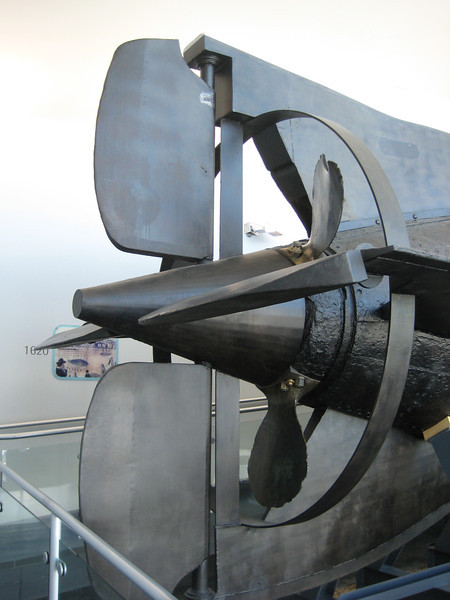 Holland I tail-fins & propellor
Holland I tail-fins & propellor
I rushed around the last of the very informative displays so that I could catch the next water-taxi across the harbour to Portsmouth for a spot of lunch (Italian market – yum) & some much needed clothes shopping (something that is always needed as I put it off so often) for an hour. It was great tootling across the harbour dodging small yachts, superyachts, ferries & large power boats under the sun.
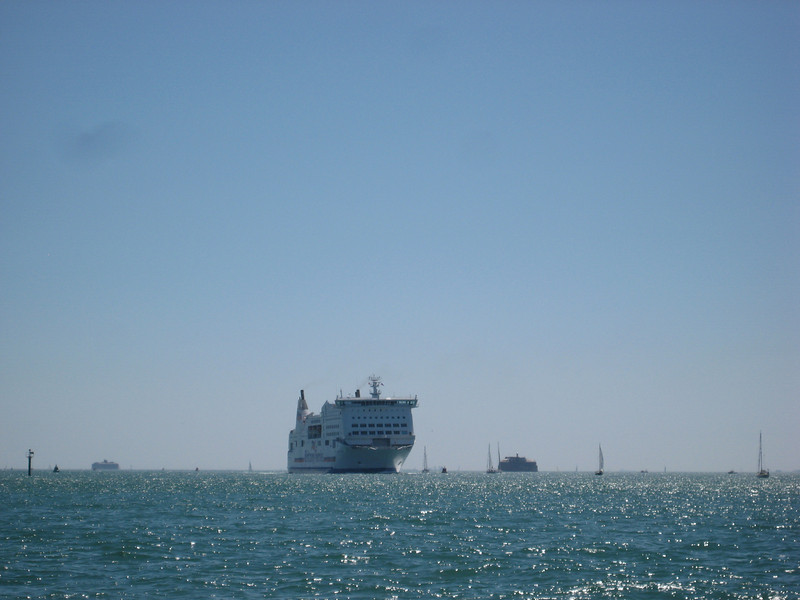
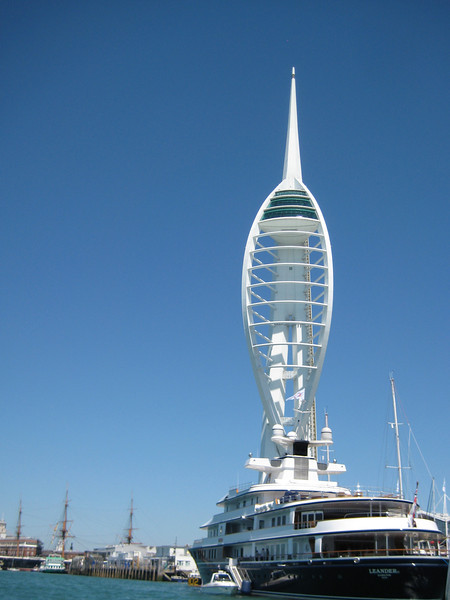
An hour was enough to scoff a couple of calzonnes, buy some clothes, gaze around at the sights – so it was back on the Jenny R for the double-leg back to Explosion! – via the main visitor attraction in town HMS Victory & HMS Warrior.
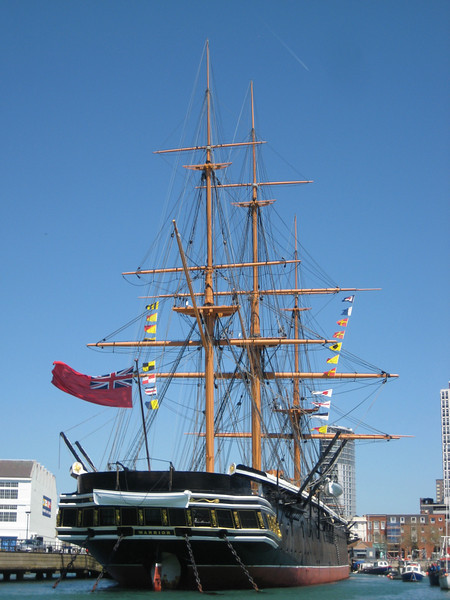 HMS Warrior
HMS Warrior
Back at Explosion! there was time to learn/be reminded about fighting sailships & various explosives before a very good multimedia presentation in the Grand Magazine. The Grand Magazine, with its eight foot thick brick walls, took three years to build and then another three years for the mortar to dry out (gunpowder doesn’t like moisture so much). I was pleased to learn I was standing in the very room where explosives for Nelson’s fleet at Trafalgar were stored prior to the battle. There was a great mix of military history, social history, physics & chemistry to keep me well interested. The stories of all the precautions that had to be taken over the 150+ years of work here were fascinating. As with many industries in both world wars, many women took over the jobs of the men that had gone to the front. Hearing how the women had to work with cordite (which had replaced gunpowder by that stage) was especially neat as it was in a munitions factory that my great-grandmother (Mum’s mum’s mum) worked and was awarded an OBE for preventing some sort of explosive disaster.
The rest of the museum is given over to various large mines, torpedos, shells, missiles & such forth. All very interesting & technical – but didn’t hold my attention as much as the tales of the people that had to work in such a large & dangerous facility. All in all, a great day out with two fantastic museums & a time lounging in the sun on the back of a little boat pootling around the harbour – not bad for fifteen quid.
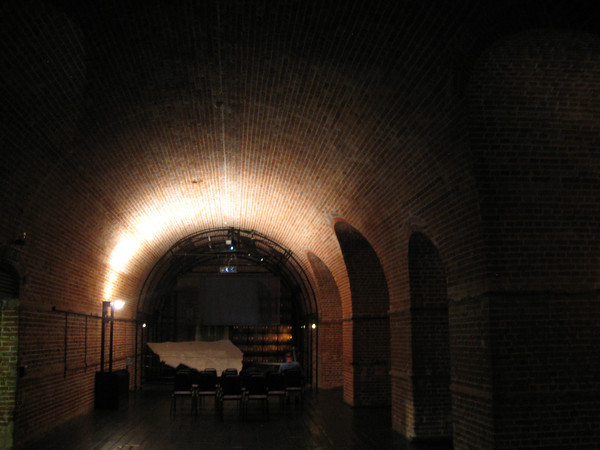
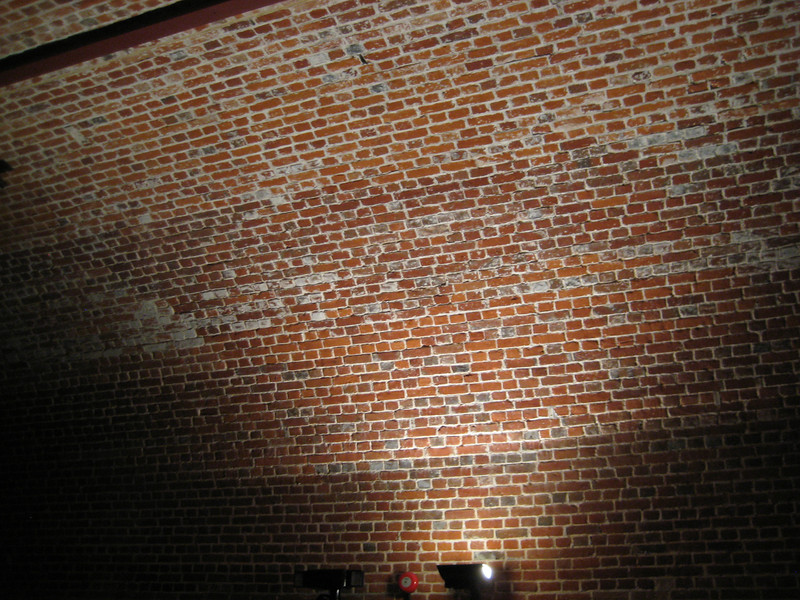
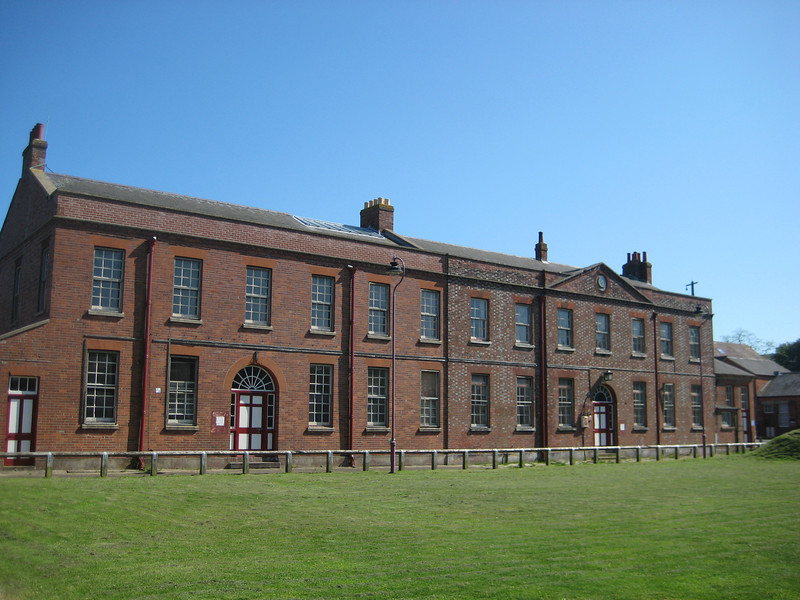
I had a bit of time to spare at the end so wandered in to Gosport – fifteen minutes past large old barracks that are now nice looking housing & newer apartment blocks. Gosport’s High Street isn’t so much to wander around, especially as I’d been over the harbour wandering around Gunwharf Quays a few hours previous.
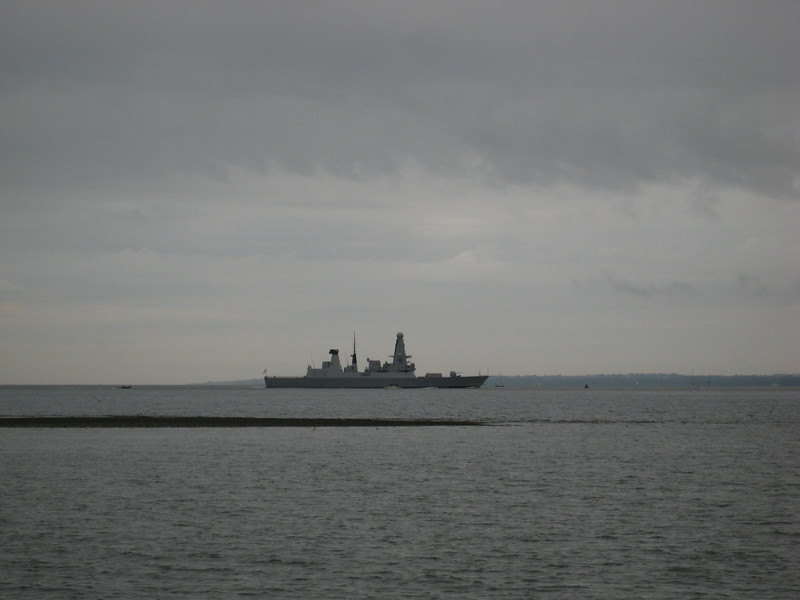 Naval ship that kept providing resounding salutes
Naval ship that kept providing resounding salutes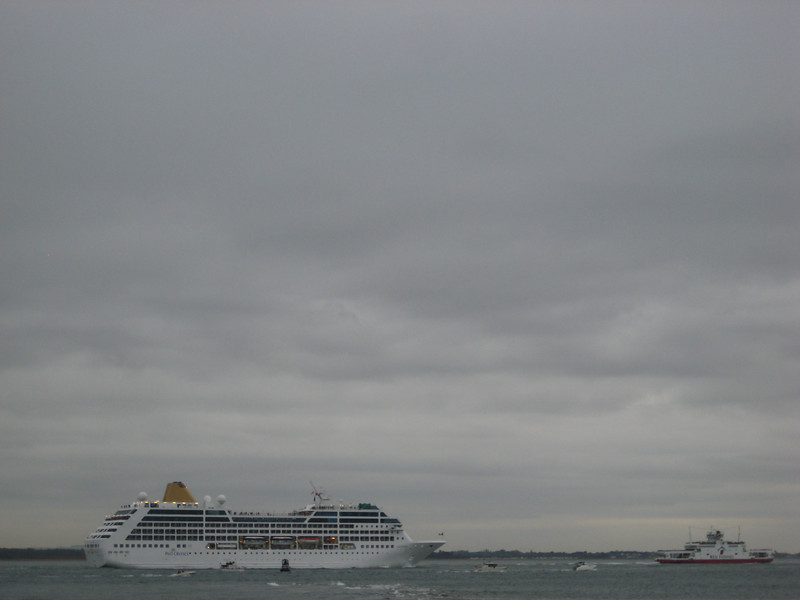 Spot the Isle of Wight ferry
Spot the Isle of Wight ferry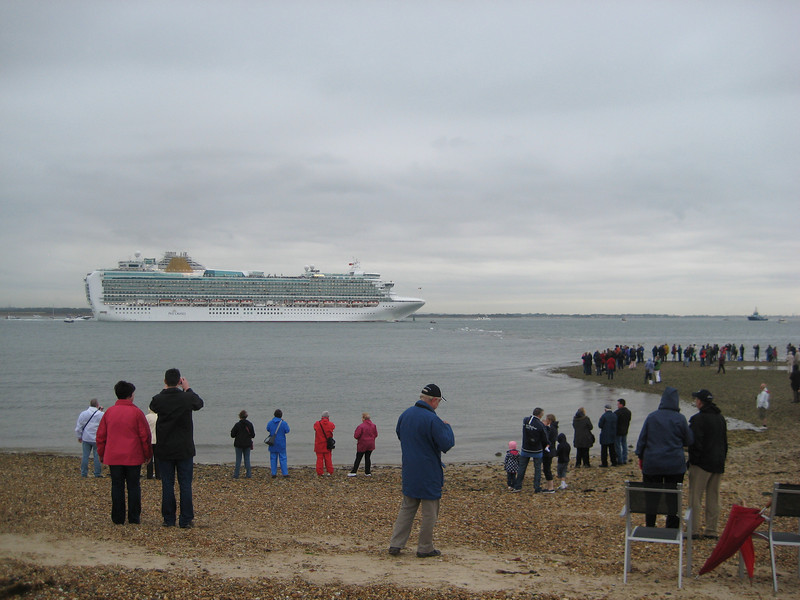
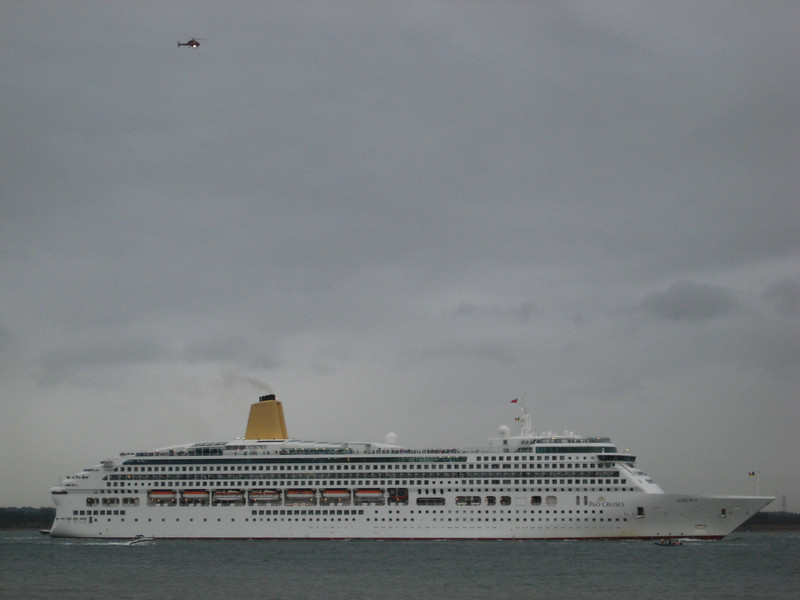
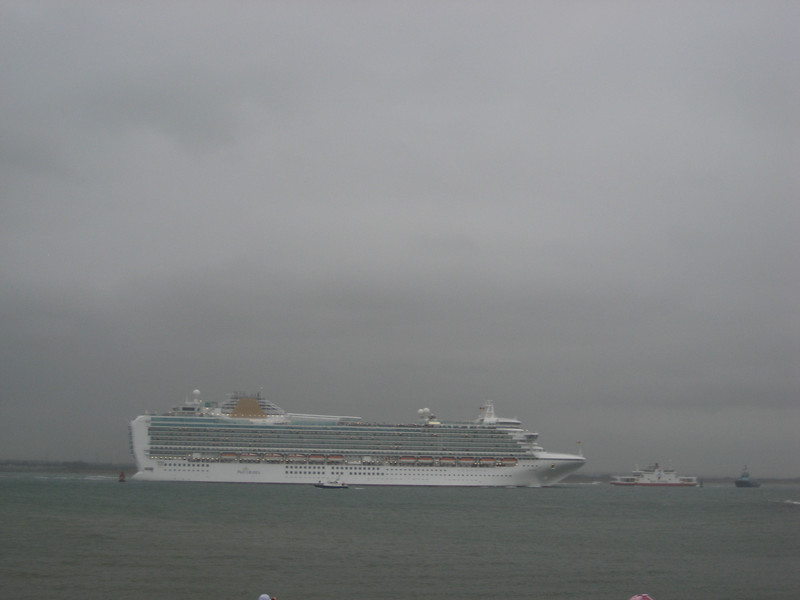
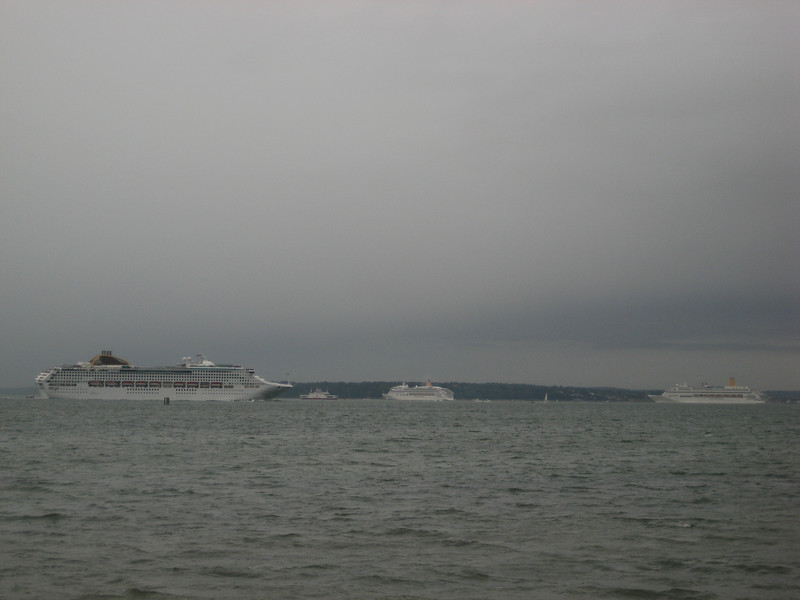
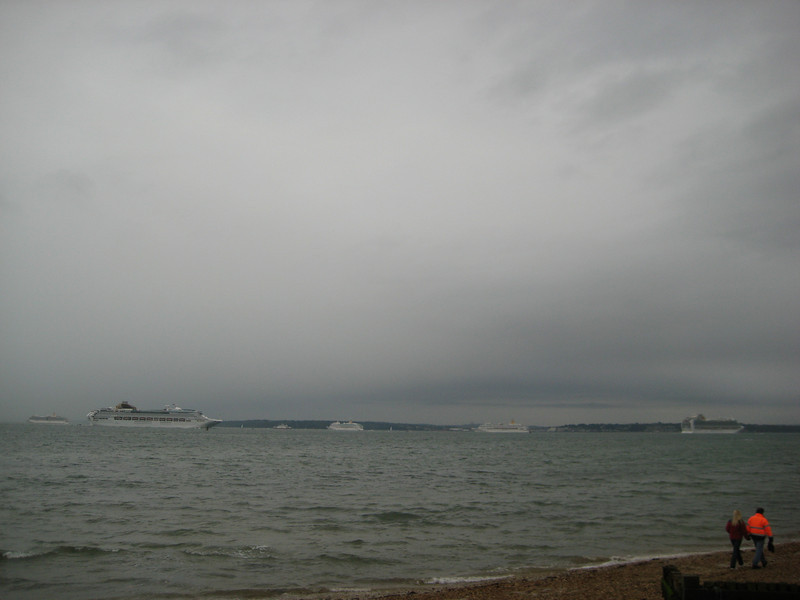
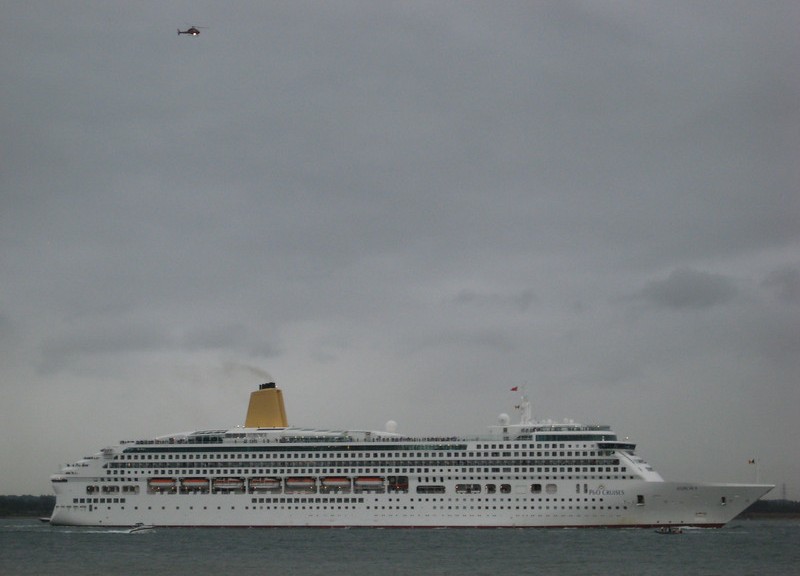




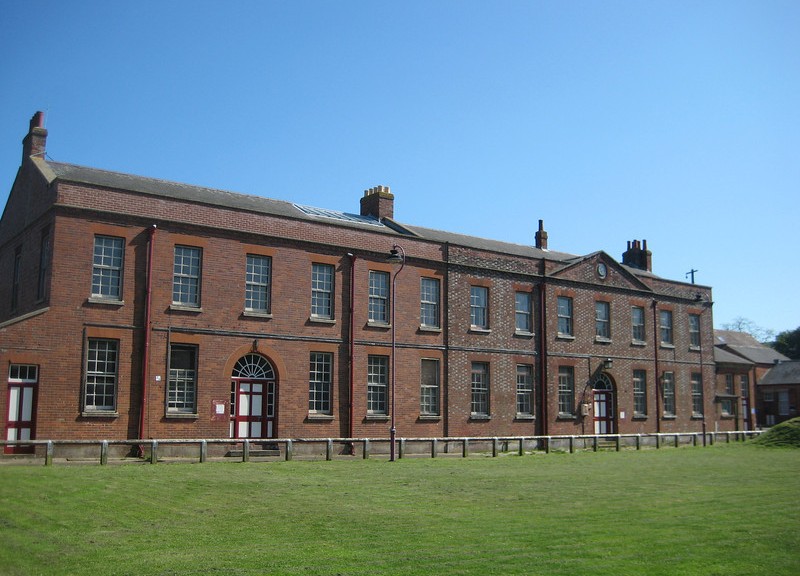

 I usually struggle to get representative photos of the cramped conditions on subs, so here’s a standard torpedo tube shot.
I usually struggle to get representative photos of the cramped conditions on subs, so here’s a standard torpedo tube shot. HMS Alliance – looking quite shabby outside, showing why it’s down for major work starting soon
HMS Alliance – looking quite shabby outside, showing why it’s down for major work starting soon Holland I tail-fins & propellor
Holland I tail-fins & propellor

 HMS Warrior
HMS Warrior









 The limitations of the camera on my phone become apparent zooming in on distant scenery – part of Fawley Refinery
The limitations of the camera on my phone become apparent zooming in on distant scenery – part of Fawley Refinery That small collection of chimneys over yonder is where I work
That small collection of chimneys over yonder is where I work The chapel in the centre
The chapel in the centre The chapel standing alone today (or yesterday rather)
The chapel standing alone today (or yesterday rather)